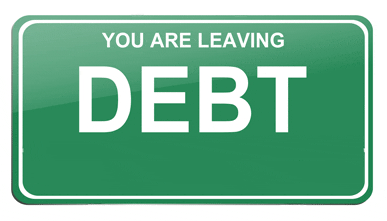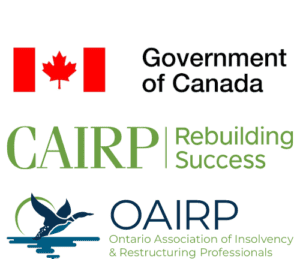The consumer proposal disadvantages Ontario residents need to be aware of are straightforward, but they matter when deciding if this option is the right fit. Even though a consumer proposal offers strong protection and real savings, it isn’t perfect for everyone.
This page explains the drawbacks in clear, simple terms so you can make the best choice for your situation.
A consumer proposal reduces your debt, but you must still make monthly payments. Your credit rating is affected while the proposal is active, and creditors may ask for small adjustments before they accept your offer. Understanding these limitations helps you see whether a proposal matches your financial goals.

Consumer Proposal Debt Relief
Lower, But Still Required Payments
A proposal lowers what you owe, but you must continue making one monthly payment. If payments stop for too long, the proposal can be cancelled. A steady income is helpful, even though your payment will be far more manageable than before.
Effect on Credit Rating
Your credit rating will show an R7 while the proposal is active. This is temporary, but it can limit borrowing for a period of time. Many people still rebuild their score during the proposal through simple tools and good habits taught in counselling.
Takes Longer Than Bankruptcy
A consumer proposal usually lasts three to five years. Bankruptcy is often faster, but it has more serious long-term consequences. A proposal trades speed for stability and protection, but the longer timeline is still something to consider.
Limited to Certain Debt Levels
You must owe less than $250,000 in unsecured debt (not including your mortgage). If you owe more, the trustee will explain other options that still offer strong protection.
Creditors May Request Changes
Creditors vote on your proposal. Sometimes they ask for small changes before accepting it. Your trustee handles all communication, so you never deal with creditors directly, but the process may still take some discussion.
Co-Signers Aren’t Protected
If someone co-signed a loan with you, a proposal does not remove their responsibility for the debt. They may still be contacted about the remaining balance. The trustee will explain how to manage this so everyone understands their options.










